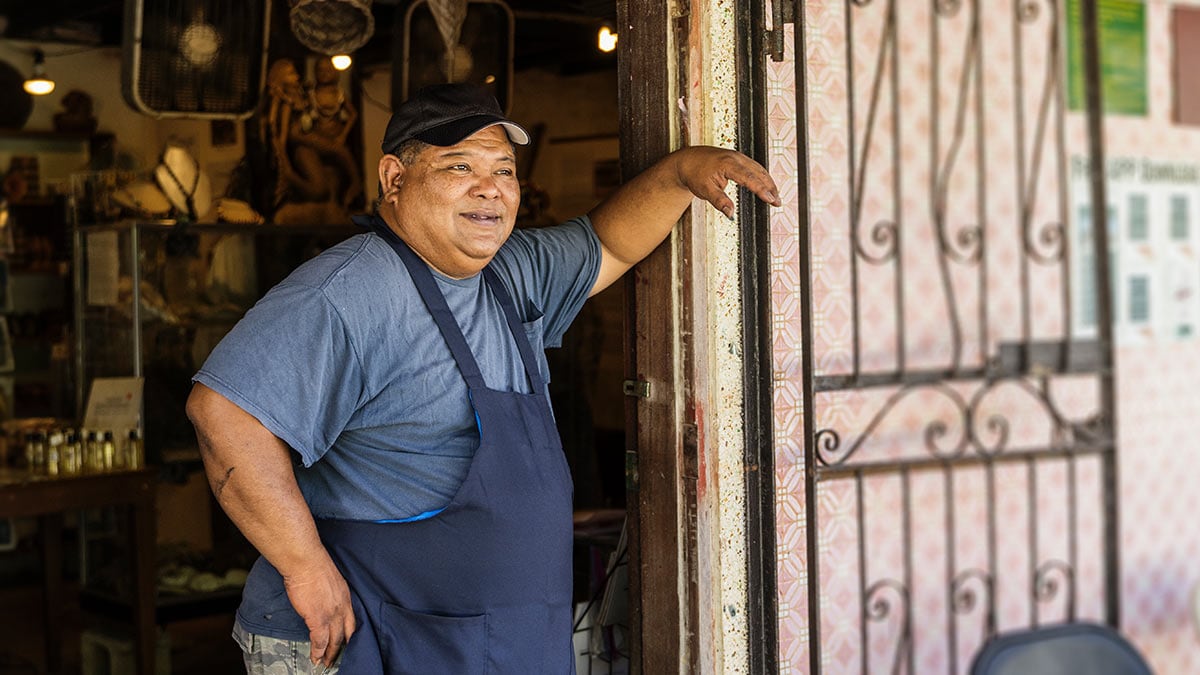At a glance
- The percentage of adults who use commercial tobacco products is higher in the United States (U.S.) South and Midwest than in the Northeast or West.
- People living in rural areas have 18–20% higher lung cancer death than people living in urban areas.

The burden of commercial tobacco
Commercial tobacco gets in the way of achieving health equity for people living in certain parts of the country.A People living in these regions and communities experience the negative health effects related to the use of commercial tobacco products, like cigarettes, smokeless tobacco, and cigars.1
For example:
- The percentage of adults who use commercial tobacco products is higher in the United States (U.S.) South and Midwest than in the Northeast or West.2
- The percentage of adults who use more than one type of tobacco product is higher in the Midwest and South than in the Northeast. For example, they may use cigarettes at certain times and smokeless tobacco at other times.2
- People living in rural areas have higher rates of poor health and health outcomes related to commercial tobacco compared to people in urban areas.345
- People living in rural areas have 18% to 20% higher lung cancer death than people living in urban areas.6 Cigarette smoking causes about 80% to 90% of lung cancer deaths in the U.S.1
- Four of the five leading causes of premature death for people in non-metropolitan areas (heart disease, cancer, chronic lower respiratory disease, and stroke) can be caused by cigarette smoking.17
Content Source:
National Center for Chronic Disease Prevention and Health Promotion; Office on Smoking and Health
- "Commercial tobacco" means harmful products that are made and sold by tobacco companies. It does not include "traditional tobacco" used by Indigenous groups for religious or ceremonial purposes.
- U.S. Dept of Health and Human Services. The Health Consequences of Smoking—50 Years of Progress: A Report of the Surgeon General. U.S. Dept of Health and Human Services, 2014. Accessed March 22, 2022. https://www.ncbi.nlm.nih.gov/books/NBK179276/
- Cornelius ME, Loretan CG, Wang TW, Jamal A, Homa DM. Tobacco Product Use Among Adults — United States, 2020. MMWR Morb Mortal Wkly Rep. 2022;71(11):397–405.
- American Lung Association. Cutting tobacco's rural roots: tobacco use in rural communities. American Lung Association; 2015.
- Croft JB, Wheaton AG, Liu Y, et al. Urban-Rural County and State Differences in Chronic Obstructive Pulmonary Disease – United States, 2015. MMWR Morb Mortal Wkly Rep. 2018;67(7):205–211.
- Harrington RA, Califf RM, Balamurugan A, et al. Call to action: rural health: a presidential advisory from the American Heart Association and American Stroke Association. Circulation. 2020;141(10):e615–e644.
- Singh GK, Williams SD, Siahpush M, Mulhollen A. Socioeconomic, rural-urban, and racial inequalities in U.S. cancer mortality: part I—all cancers and lung cancer and part II—colorectal, prostate, breast, and cervical cancers. J Cancer Epidemiol. 2011;2011:107497.
- Moy E, Garcia MC, Bastian B, et al. Leading Causes of Death in Nonmetropolitan and Metropolitan Areas — United States, 1999–2014. MMWR Surveill Summ. 2017;66(1):1–8.
